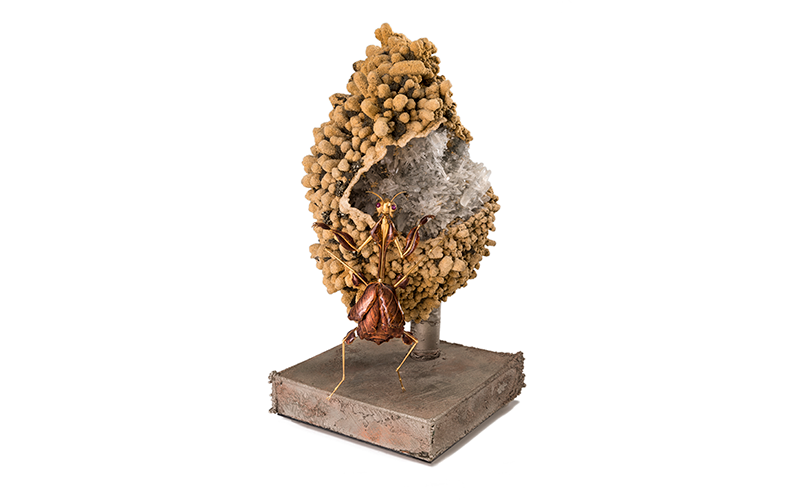- Events & Programs Home
- Calendar
- Accessibility
- Adults
-
Families & Teens
- Families & Teens Home
- 10x10 Teen Art Expo
- Art on the Rise
- Art Together: Art Making for Families with Children Ages 3–5
- Babies Sing with May Festival Minis
- Boy Scouts / Girl Scouts
- CAM Kids Day
- Family Storytime and Gallery Walk
- Family Studio: Art Making for Families with Children Ages 6–12
- Games in the Galleries
- Members-Only Baby Tours
- Public Baby Tours
- REC Reads
- Rosenthal Education Center (REC)
- Saturday Morning Art Class
- See Play Learn Kits
- Summer Camp
- Teen Fest: Zine and Comic Exchange
- RECreate
- Teachers
- Community Outreach
- Fundraisers
- Plan Your Own Event

- Events & Programs Home
- Calendar
- Accessibility
- Adults
-
Families & Teens
- Families & Teens Home
- 10x10 Teen Art Expo
- Art on the Rise
- Art Together: Art Making for Families with Children Ages 3–5
- Babies Sing with May Festival Minis
- Boy Scouts / Girl Scouts
- CAM Kids Day
- Family Storytime and Gallery Walk
- Family Studio: Art Making for Families with Children Ages 6–12
- Games in the Galleries
- Members-Only Baby Tours
- Public Baby Tours
- REC Reads
- Rosenthal Education Center (REC)
- Saturday Morning Art Class
- See Play Learn Kits
- Summer Camp
- Teen Fest: Zine and Comic Exchange
- RECreate
- Teachers
- Community Outreach
- Fundraisers
- Plan Your Own Event
Mantide Mimetica (Camouflage Mantis) by Romolo Grassi
Mantide Mimetica (Camouflage Mantis) by Romolo Grassi
- Home
- Plan Your Visit
- Art
-
Events & Programs
- Events & Programs Home
- Calendar
- Accessibility
- Adults
-
Families & Teens
- Families & Teens Home
- 10x10 Teen Art Expo
- Art on the Rise
- Art Together: Art Making for Families with Children Ages 3–5
- Babies Sing with May Festival Minis
- Boy Scouts / Girl Scouts
- CAM Kids Day
- Family Storytime and Gallery Walk
- Family Studio: Art Making for Families with Children Ages 6–12
- Games in the Galleries
- Members-Only Baby Tours
- Public Baby Tours
- REC Reads
- Rosenthal Education Center (REC)
- Saturday Morning Art Class
- See Play Learn Kits
- Summer Camp
- Teen Fest: Zine and Comic Exchange
- RECreate
- Teachers
- Community Outreach
- Fundraisers
- Plan Your Own Event
- Give & Join
- About
- Tickets
- Calendar
- Exhibitions
- Collections
- Blog
- Shop

Romolo Grassi (Italian, 1913–1991), Mantide Mimetica (Camouflage Mantis), late 1960s, marcasite and quartz-encrusted anthracite, gold, enamel, rubies, steel
Audio Description
Called Mantide Mimetica or Camouflage Mantis, this sculpture was made by Romolo Grassi, an Italian jeweler, in the late 1960s. Grassi lived from 1913–1991. It is made of marcasite and quartz-encrusted anthracite, gold, enamel, rubies, and steel.
This sculpture has a rough, square, steel base with a cylindrical pole that holds a large piece of anthracite. The tan anthracite is textured allover and is broken open to reveal thorn-like groups of white quartz. Crawling up the side of the anthracite is a large, fully articulated praying mantis. The mantis is gold with a leaf like body of dark reddish-brown enamel. Its eyes are two round rubies and it has two antennae protruding from its head.
Label Copy
Called Mantide Mimetica or Camouflage Mantis, this sculpture was made by Romolo Grassi, an Italian jeweler, in the late 1960s. Grassi lived from 1913–1991. It is made of marcasite and quartz-encrusted anthracite, gold, enamel, rubies, and steel.
Having learned the jeweler’s trade from his father, a goldsmith in Milan, Italy, Romolo Grassi also studied sculpture. It is little wonder then that he created objets d’art (art objects) alongside dimensional jewelry. Many of Grassi’s colleagues viewed their creations as miniature sculptures or made sculptural pieces, including Charles de Temple, John Donald, Barbara Anton, and Andrew Grima—jewelers whose work is also on view in this gallery.
This example is particularly impressive as it is simply a decorative object, rather than a trophy or award, as many of Grassi’s fellow jewelers were commissioned to design. Here, a large textured geode-type form exposes its crystal interior. A larger-than-life gold and enamel mantis explores the opening. The insect’s impressively long body is fully articulated and, while separate from the sculpture, it is neither a brooch nor a pendant. The rough steel base adds a suitable gravitas to this naturally rugged piece.
Back to Materials, Texture, Sculpture Back to the Audio Exhibition
Cincinnati, OH 45202
Toll Free: 1 (877) 472-4226
Museum Hours
Museum Shop
Terrace Café
Library
Cincinnati Art Museum is supported by the tens of thousands of people who give generously to the annual ArtsWave Campaign, the region's primary source for arts funding.

Free general admission to the Cincinnati Art Museum is made possible by a gift from the Rosenthal Family Foundation. Exhibition pricing may vary. Parking at the Cincinnati Art Museum is free.
Generous support for our extended Thursday hours is provided by Art Bridges Foundation’s Access for All program.

General operating support provided by:



